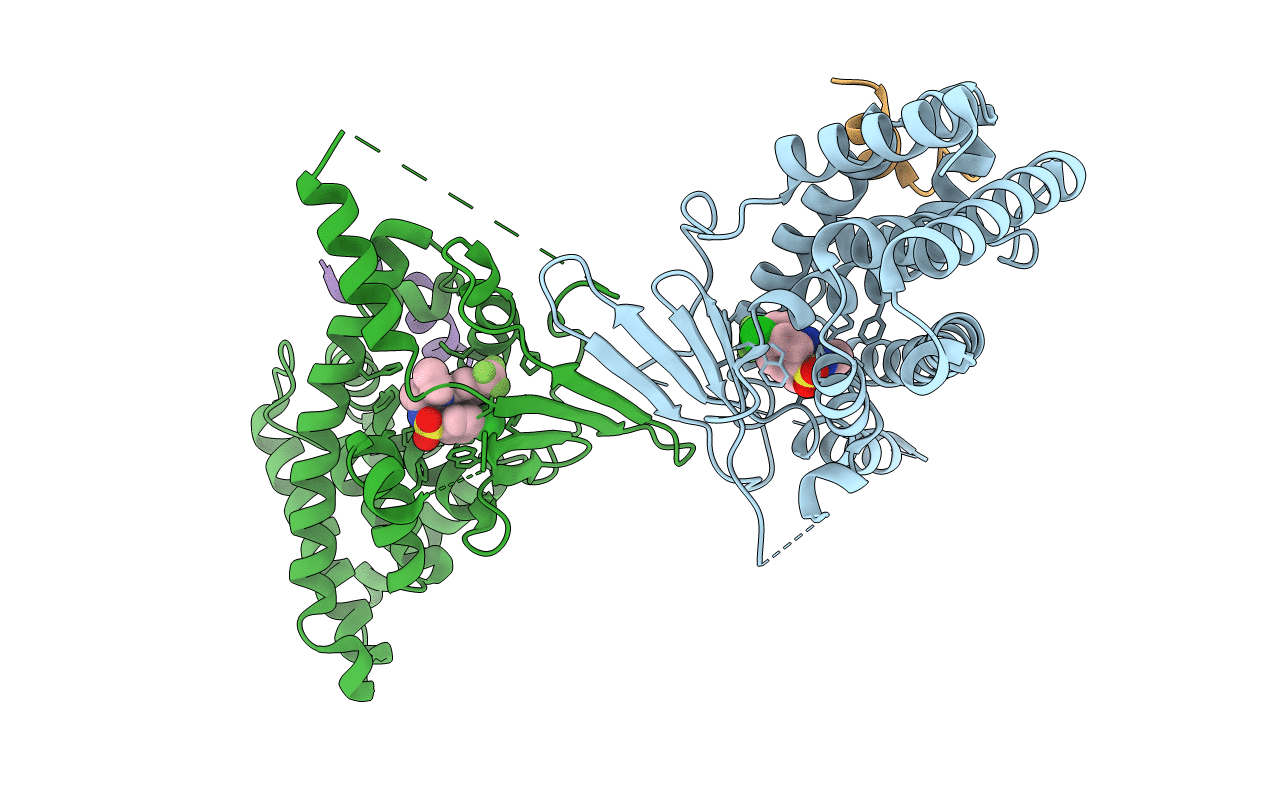
Deposition Date
2015-07-13
Release Date
2015-10-21
Last Version Date
2024-05-08
Entry Detail
PDB ID:
5A86
Keywords:
Title:
Structure of pregnane X receptor in complex with a Sphingosine 1- Phosphate Receptor 1 Antagonist
Biological Source:
Source Organism:
HOMO SAPIENS (Taxon ID: 9606)
Host Organism:
Method Details:
Experimental Method:
Resolution:
2.25 Å
R-Value Free:
0.25
R-Value Work:
0.23
R-Value Observed:
0.23
Space Group:
P 21 21 21


